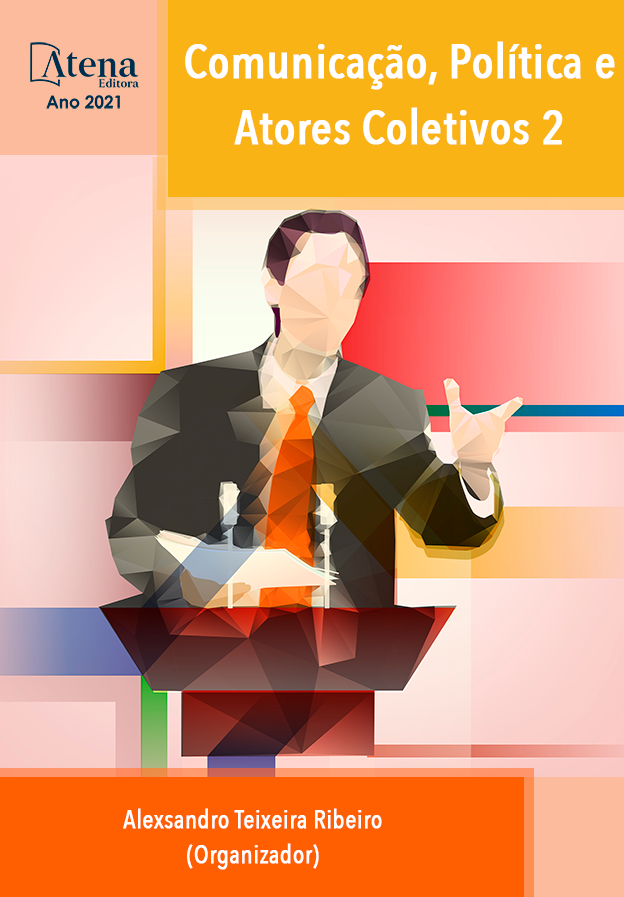
EL USO SOCIAL DE LA FOTOGRAFÍA DIGITAL EN JÓVENES CON HIPOACUSIA Y SORDERA COMO FORTALECIMIENTO DE SU IDENTIDAD
Este estudio abarca una reflexión teórica y una propuesta empírica del fortalecimiento de la visibilidad y de la identidad en los jóvenes sordos en el Sitio de Red Social Facebook a través de la fotografía, toda vez que en dicho espacio lo online y lo offline resultan inseparables. El presente trabajo es parte de los resultados de analizar el uso social de la fotografía digital en jóvenes queretanos de 18 a 25 años con hipoacusia y sordera, que emplean la Lengua de Señas Mexicana (LSM) para crear secuencias de imágenes con varias autofotos que utilizan para comunicarse.
La metodología implementada consistió en el uso de la etnografía virtual, la realización de entrevistas semiestructuradas y la aplicación tanto de un paradigma interpretativo cultural como de uno semiótico.
Los datos analizados en esta investigación cualitativa sugieren que: en el caso de las personas sordas e hipoacúsicas la red social se muestra como un factor importante en la interacción, y la apropiación de la fotografía les brinda la capacidad para crear medios de inclusión que promueven la LSM, la cultura Sorda y la alfabetización digital.
EL USO SOCIAL DE LA FOTOGRAFÍA DIGITAL EN JÓVENES CON HIPOACUSIA Y SORDERA COMO FORTALECIMIENTO DE SU IDENTIDAD
-
DOI: 10.22533/at.ed.2122109025
-
Palavras-chave: Identidad, Sordo, Fotografía digital, Facebook, Cultura digital.
-
Keywords: Identity, Deaf, digital photography, Facebook, Digital Culture.
-
Abstract:
This study covers a theory reflection and an empiric proposal of the straight of the visibility and the identity between deaf young persons in the social media Facebook through photography because in this social media, the ideas of online and offline are inseparables. Departing of the results of analyse the social uses of the digital photography in young persons; between the ages of 18 and 25 year old in the city of Queretaro with partial or inability of hearing who use Mexican Sign Language (MSL) that created a sequence of self-portraits with the objective of communication.
The methodologies applied here were ciber-ethnography, the realization of semi-structured interviews and the employment of two paradigms: one cultural interpretative and another semiotic.
The data analyzed in this qualitative searching suggest that the social media shows a important factor for the interaction between the person with partial or inability of hearing, and the photography gives them the tools for create a social inclusions that promote MSL, deaf culture and digital literacy.
-
Número de páginas: 15
- María Isamar Cabrera Ríos


